The 1889 Ghost Census: are we more easily spooked than our ancestors?
3-4 minute read
By Alex Cox | October 31, 2019
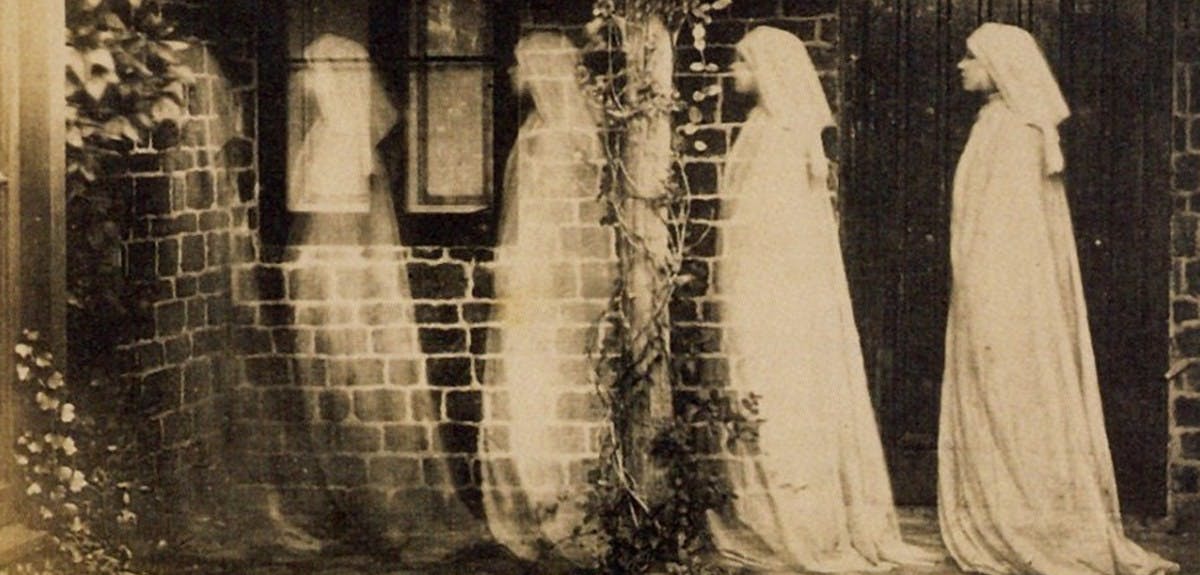
The Victorian experiment that suggests we are six times more likely to encounter a ghost than our ancestors.
Life after death has held a mysterious fascination for centuries. No-one took the otherworldly more seriously than the Victorians, who combined their love for administration with that of the occult. In the late 1800s, those at the forefront of ethereal research decided to inject a little bureaucracy into proceedings, and thus came about the spookiest census to date.
The Census of Ghosts was carried out between 1889 and 1892. It helpfully revealed that women were more susceptible to the supernatural, with 12% of females surveyed reporting seeing a ghost, compared to 9% of men.
More easily spooked than our ancestors?
The census also revealed how one in ten Victorian’s claimed to have either seen, heard or felt the presence of a ghost. When compared against a similar survey carried out by Groupon in 2018, the results are striking. This recent survey found that six in ten modern Brits claim to have had some form of paranormal experience with 35% claiming a direct encounter with a ghost. This suggests that, on average, we are six times more likely to be haunted than our ancestors.
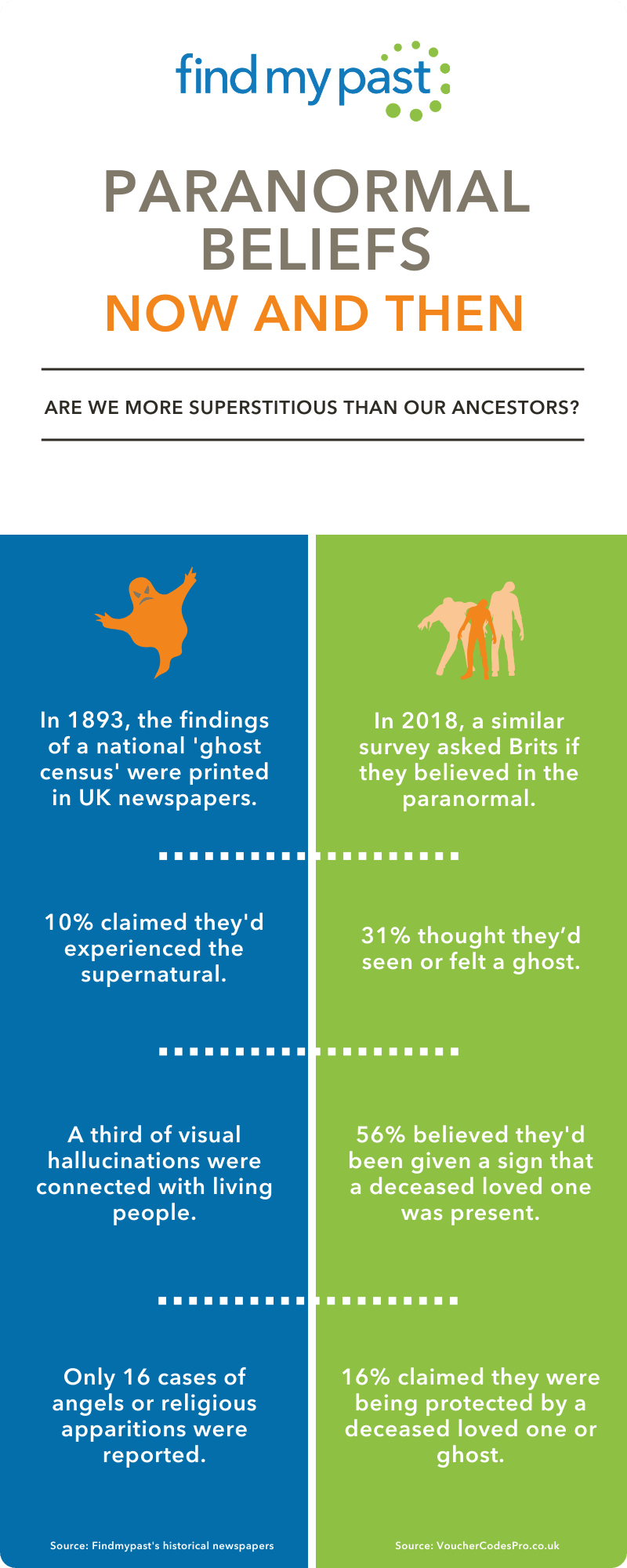
The original ghost-busters
The first ever attempts to apply modern scientific or investigative standards to the study of apparitional experiences began with the work of scientists Edmund Gurney, Frederic W. H. Myers, and Frank Podmore. The three men were leading figures in the early years of the Society for Psychical Research and worked on the committee for Apparitions and Haunted Houses to provide evidence for human survival after death. Their work was heavily supported and widely publicised by the editor of the Pall Mall Gazette and active spiritualist, W.T Stead.
Many of the original Ghostbusters' theories and investigations involved séances, deathbed wraiths, hauntings, apparitions and mediums. Their findings received scepticism from some, however, in 1882 the Society for Psychical Research was founded and Gurney and Myers teamed up with Podmore to continue researching the possibility of existence after death.

Our collection of historical newspapers is packed with reports of the supernatural
A census of ghosts
In 1888 Myers, then secretary of the Society, called for a Census of Ghosts, asking for the public to report on whether they or their neighbours had seen or felt supernatural presences. Over 17,000 persons were ask to answer 'yes' or 'no' to questions such as:
- Have you ever, when in good health and completely awake, had a distinct impression of seeing or being touched by a human being, or of hearing a voice or sound which suggested a human presence when no one was there?
- Can you recall that you have ever in the course of the last ten years, when in good health, had a dream of the death of some person known to you (about whom you were not anxious at the time), which dream you marked as an exceptionally vivid one, and of which the distressing impression lasted for as long as an hour after you rose in the morning?
Extraordinary Statistics
The results were widely published by Stead in 1894 in a report entitled "A CENSUS OF GHOSTS - EXTRAORDINARY STATISTICS" which concluded that “of the thousand million persons now living on the planet, there would be, if they all lived to maturity, at least ten million who will see and recognise in the course of their lives realistic apparitions of dead persons".
He also noted that the“the majority of the 17,000 persons thus put to the question also belong to the educated class, but the proportion is not so large owing to the fact that in many cases domestic servants, who were in the households of the collectors, were added to the list. The result of the inquiry tends, therefore, that differences of education and occupation lead to no material difference in the tendency to hallucination.”
The results suggested that the vast majority of Victorian hauntings took place indoors, and that our frightened forbears were most at risk while in their bedrooms. It also claimed that spectral sightings were by far the most common type of encounter while “tactile” encounters were the rarest, and, that in most cases, the identity of the phantom was unknown to the victim.
Angelic or demonic apparitions appear to have been incredibly rare but sightings of ghostly animals were even more unusual, with only 27 reported cases. Stead's report was printed widely in newspapers across the country. You can read it full here.
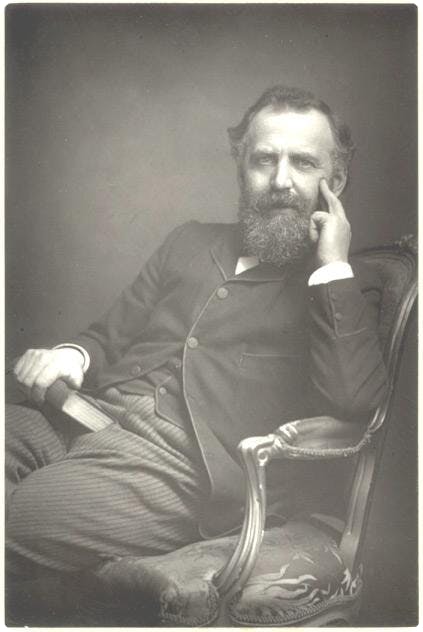
William Thomas Stead in 1881
Eerie ends
Stead, Gurney and Podmore all met untimely deaths under somewhat mysterious circumstances. Podmore drowned while swimming in 1910, Gurney died from a chloroform overdose in 1888 and, after publicly declaring for many years that he would die by drowning, Stead was proven wright when he went down with the Titanic in 1912.
In a final spooky twist, it was also discovered that prior to his death, Stead had written short two short foreshadowed his death almost perfectly. One featured steam ship that collided with another, resulting in a high loss of life due to an insufficient ratio of lifeboats to passengers, while in his 1892 story "From the Old World to the New", a vessel called the Majestic rescues survivors of another ship that collided with an iceberg. Spooky stuff indeed!
Related articles recommended for you
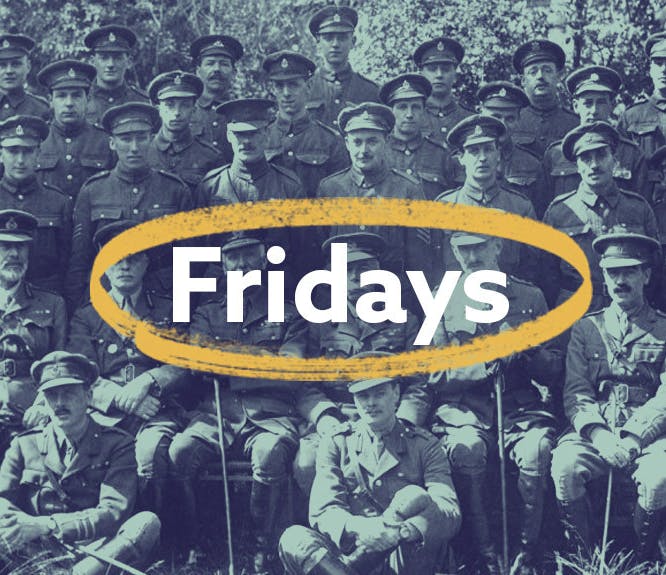
Browse new British Army records from Surrey to South Wales
What's New?
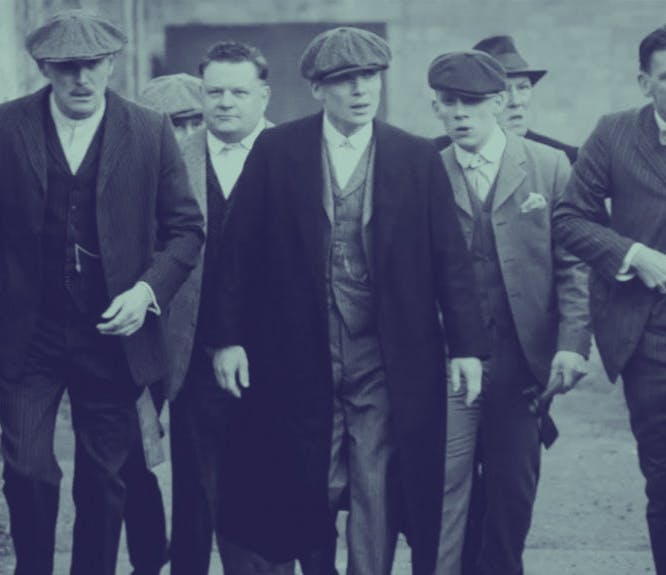
Who were the real Peaky Blinders?
Discoveries
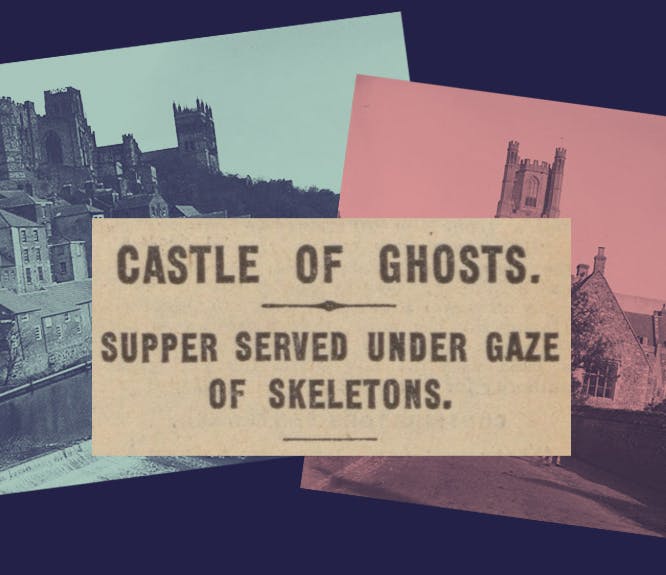
Diverting Durham and surprising Salisbury: Here are some of history’s most newsworthy cities...
Discoveries

